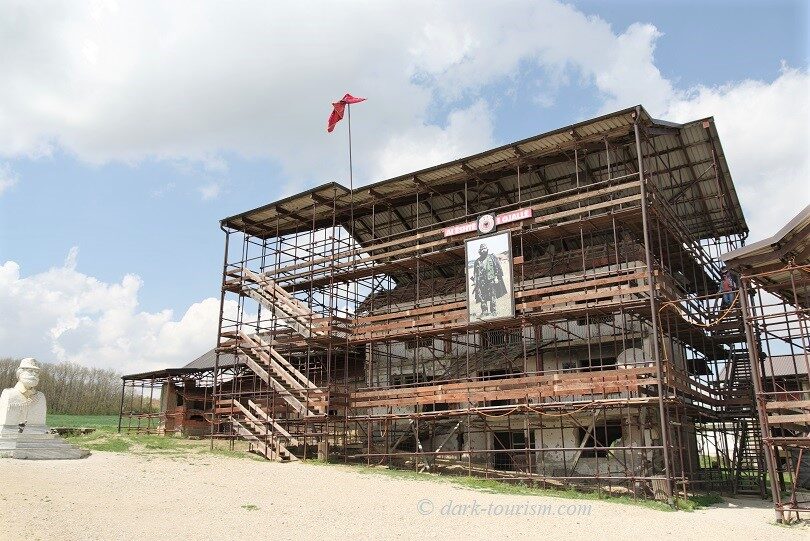| |
|
| ||
|
| |
Kosovo, all caught up again Hello subscribers! Yesterday I finally uploaded a new Blog Post – it had been a while because I was busy finishing the writing up of a range of new chapters for my main website. But this is now done. First I added three further all-new chapters for Budapest following my return trip to that fabulous city earlier this month … after I had been there just over a month earlier – but it was a great visit yet again. The new chapters cover the Hungarian National Museum, the Kozma Street Jewish Cemetery and an exhibition called “1914-1922 – A New World Was Born”. The latter is not just about World War One but also has a special focus on all the changes to society and politics this brought about in the immediate aftermath of the conflict. In addition I also revisited the magnificent Kerepesi Cemetery (although they now insist on calling it Fiumei Road Cemetery) where I made a few more discoveries and visited e.g. the graves of Zsa Zsa Gabor and Ignaz Semmelweis (see Semmelweis Museum). I’ve expanded the photo gallery for that chapter. And then I managed to finally write up everything for Kosovo too, where I had been for the long May Day weekend. There are four separate chapters, one for the capital Pristina, one for the divided (Serb/Albanian) city of Mitrovica, one for the Gazimestan monument and one for Prekaz, which could be called Kosovo’s “National Shrine”. This is the site of the Prekaz massacre, when in March 1998 Adem Jashari, one of the leaders of the Kosovo Liberation Army (KLA), was killed alongside almost 60 members of his family (including women and children) by a brutal Serbian “anti-terrorist” force using tanks and artillery. The bullet-and-shell-hole-riddled ruin of the former Jashari family compound has been turned into a veritable pilgrimage destination for Kosovars (and the odd foreign dark tourist). You see it pictured in the photo above. Also in that photo you can make out the image of Adem Jashari on the scaffolding the building is surrounded by and also a large white marble bust of him. He’s really THE National Hero of Kosovo – the international airport is named after him, the National Theatre too, and every town and village seems to have an Adem Jashari Square or Street. He’s buried in a “Martyrs’ Cemetery” together with the other killed members of his family in a field near their destroyed home. A pair of soldiers stand guard next to Adem’s marble grave. And there’s also an Adem Jashari Memorial Museum at the site. You may not have heard of his name before, but in Kosovo it is everywhere. This short trip to Kosovo was generally very illuminating indeed. So do take a look at the new chapters and/or the shorter summary in the new Blog Post. With Kosovo now also done, I am again fully caught up with everything for my website – for only the second time ever. (The first time was marked recently by this Blog Post and this earlier Newsletter). So now I can finally concentrate on preparing for my upcoming trip to Namibia, starting this Saturday. I can still hardly believe this is now actually happening, on the third attempt (it was twice postponed because of Covid). On my return I will immediately leave again the next day, this time for a family visit in Britain (postponed from Christmas, also because of Covid). This means that I will probably not be able to write any new Blog Posts or send any Newsletters out during that period. So you will possibly have to wait until sometime in September before you hear from me again. It should be worth waiting for, though, as Namibia is supremely photogenic, including especially some desert ghost towns, the most famous of which is Kolmanskop. I’m so looking forward to this trip and to finally being able to provide photos from there. So, I’m signing off until September. Till then, have a good summer! Best wishes, Peter |
|
| |
|
| |||
|
